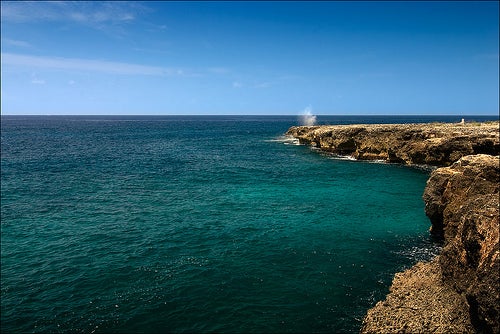For decades a political gulf has separated the United States and Cuba. Last week, scientists and conservationists from the US and Cuba met in Havana to discuss a gulf that brings the two countries together—the Gulf of Mexico. Early in the week, EDF staff met with colleagues from the US, Cuba and Mexico to develop a variety of cooperative projects to restore depleted shark populations, protect shallow and deepwater coral reefs, and manage vulnerable coastal ecosystems such as mangroves and seagrasses.

This tri-national meeting, organized by our colleagues at the Cuban environmental ministry and the US-based NGO 1Planet1Ocean, was the third in a series of meetings in which scientists from the three countries have exchanged science and ideas for restoring marine resources in the Gulf of Mexico.
Later in the week, EDF and Cuban experts hosted a workshop on how marine protected areas and innovative fisheries management tools, like catch shares, can be used together to restore important ocean fish populations. I greatly appreciate the warm welcome we have consistently received from our colleagues in Cuba. They deserve great credit for making this collaboration work. It is clear that greater cooperation on environmental protection in the Gulf of Mexico has real potential to bridge the political gulf that still exists between Cuba and the US.










 Two very thoughtful articles came out of New England earlier this week, both talking about the current difficulties groundfish fishermen are having in staying afloat financially under the current fisheries management system (
Two very thoughtful articles came out of New England earlier this week, both talking about the current difficulties groundfish fishermen are having in staying afloat financially under the current fisheries management system ( I was hoping the Pew Environment Group’s new report,
I was hoping the Pew Environment Group’s new report,